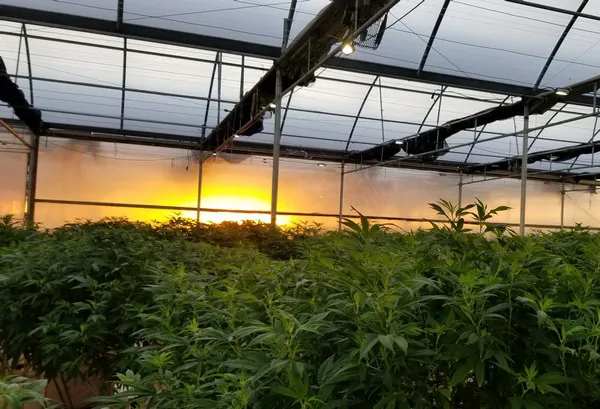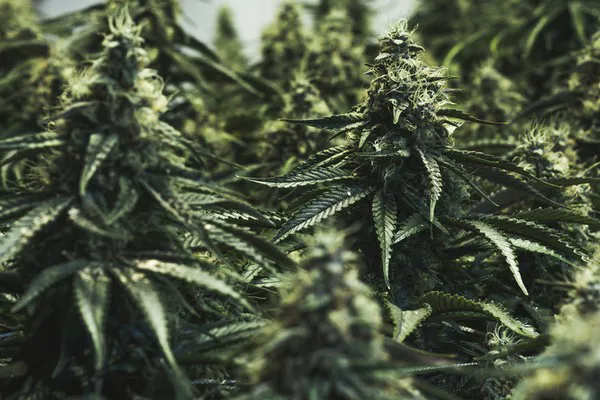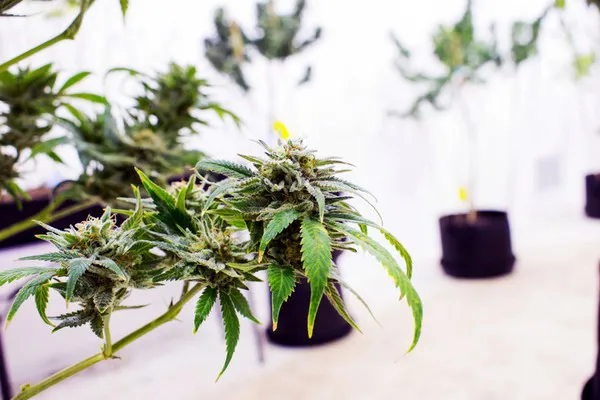In parts 1 and 2, we have discussed the different pests that trouble indoor growers the most. Now that we have identified our enemies, it is time to see how to keep them at bay. If you need to refresh your memory, check out part 1 and part 2.
An easy way to get rid of pests and pathogens is the application of chemical products. However, such a thing may not be seen positively by some customers or by organic-certifying bodies. At the same time, there are some growers whose crops cannot be sprayed with any chemical product at all. It is then that cultural prevention practices come into play. These can have a significant role in helping prevent pest problems, thus reducing or eliminating their rate of development and spread.
Irrigation
Keeping irrigation steady and constant is instrumental for the plants to grow healthily as they will be stronger to defend themselves against pest attacks as well as recover from them. At the same time, one has to be especially careful of avoiding wetting plant foliage to lessen the spread of diseases. Wet leaves are one of the most favorable breeding grounds for pests to thrive, thus keeping leaves dry is favorable. If the grower has to wet the leaves, it is advised to do it at a time of day when leaves can dry quickly.

Fertilization
Proper fertilization also helps plants be healthy and strong in order to be more tolerant of pests. Yet, overfeeding or underfeeding can both be causes of plant stress. That is why it is key to balance inputs optimally. If left underfed, plants would struggle to develop natural defenses; on the other hand, if plants are overfed, there might be an increased risk of pest outbreaks due to the greater availability of nitrogen.
Electrical conductibility (EC) and pH monitoring
Monitoring EC is common practice in CEA (Controlled Environment Agriculture); this ensures fertility levels are where they need to be to maintain healthy plants. Lower-than-optimal EC levels are an indication of nutrient deficiency, but if levels are too high, it means that there is too much fertilizer available and the plant cannot take it all up. Both of these situations eventually lead to salt-toxicity leaf burn. When such levels are recorded, a grower should adjust the nutrient schedule before the actual damage shows up and pests take advantage of a weak plant.
The other crucial thing to monitor is the pH or relative acidity of the soil. pH influences the availability of essential nutrients in the plant. Of all the crops, hemp is one of the trickiest ones when it comes to pH. Generally speaking, recommended substrate pH for hemp plants should stay between 5.5 and 6.5, but this varies widely and a lot depends on the cultivar. If the substrate pH is below 5.0, it means that there is too much micronutrient availability, which then leads to iron toxicity or manganese toxicity, if not both. If the pH level is too high, plants might develop interveinal chlorosis on the youngest leaves due to the lack of certain micronutrients such as iron.

Plant spacing
Sometimes, what might sound like too easy of a solution can in reality have a great impact. That is why plant spacing is particularly helpful to not only optimize light reception and air circulation but also to decrease the chances of pests spreading to neighboring plants. Yet, some growers tend to maximize the canopy space and thus plant density. It comes down to finding a balance between pest prevention and plant productivity.
Pruning
Cutting and removal of sections of a plant that have been infested also help slow down, if not stop, the spreading of pests. A grower must, however, make sure to sterilize the pruning devices when moving from one plant to another as these can carry said pests to a different plant.
Biological control
Natural control of insects and mites can be promoted by preventatively releasing predatory insects or parasitoids. The former kills the pests by feeding on them, whereas the latter lives in close association with its host at the host's expense, eventually resulting in the pest’s death.
To decrease soil-borne insects such as fungus gnats and pupating thrips larvae, early releases of the predatory mite Stratiolaelaps will help as it feeds on these insects at their larval stage. Amblyseious fallacies is another predatory mite that instead feeds on broad mites and other eriophyid mites, pests that typically infest the plant canopy. To name a few other beneficials: if you experience aphid problems, use the predatory midge Aphidoletes aphidimyza. To kill whiteflies, perform early releases of the parasitic wasps Encarsia formosa or Eretmocerus eremicus.
As a rule, make sure to take advantage of beneficial insects at the starting of the plant vegetative phase as later developmental stages may make this method difficult. Once plants’ buds have become sticky in late flowering, beneficial insect application becomes tricky and inefficient. When you are relying on beneficials to keep pest populations low but are in need of pesticide application to quickly decrease the pest infestation level, it is recommended to do a hot spot treatment rather than spraying the whole crop. Use sprays with low residuals such as insecticidal soaps (General Hydroponics Exile), bioinsecticides (General Hydroponics Defguard, Marrone Bio Innovation Regalia CG Biofungicide), or oil-based pesticides (Nuk Em, General Hydroponics Azamax). Follow all labeled directions for use for any pesticide product.

Inoculum of beneficial microbes
The microbes associated with plant roots can be divided into two categories: disease-causing pathogens and plant-beneficial types. The beneficials can aid plants in many ways, including some helping break down organic matter and deliver nutrients, some producing hormones which increase rooting, and certain types can rapidly colonize soil and out-compete pathogens for resources, while others even produce compounds that protect plants by inhibiting pathogens.
Mother plant care
A mother plant is a plant that is grown specifically for cloning purposes and is kept in a vegetative state. Mother plants can harbor pests that can go unnoticed and be vectored to a new production cycle by using infested cuttings collected from an infested mother plant. It is recommended to not take cuttings from a mother plant which is showing symptoms of a pest infestation as this has a high likelihood of transmitting the pest to the offspring. Also, avoid keeping the mother plants alive for longer than 3-4 months prior to swapping it out as they become woody, lose vigor, and become more susceptible to pests. Finally, it is best to use smaller mother plants to obtain more vigorous and uniform cutting material. Younger and smaller plants are also easier to scout for the presence of pests.
We are approaching the end of this article series on IPM for indoor cultivations. In the last part, we are going to explore the last aspect of IPM: scouting and monitoring. Which products to use? What are the best practices? Remember to check out part 1 and part 2 in case you missed out!
For more information:
Hawthorne Gardening
hawthorne-gardening.com
